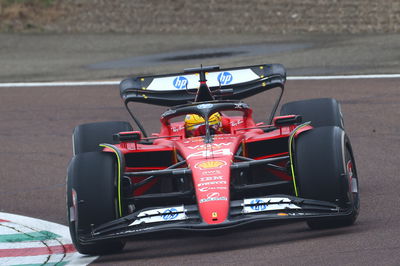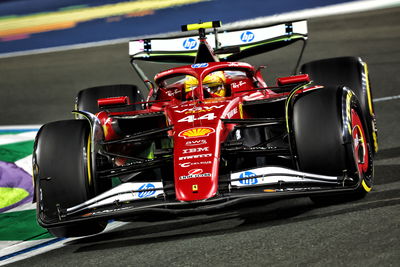What happens in F1 pre-season testing and why is it important?
F1 returns this week with pre-season testing in Bahrain. Here's everything you need to know.
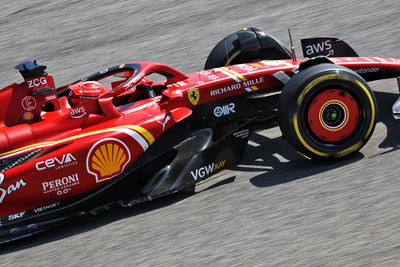
F1 is finally back on track this week as Bahrain hosts an official three-day pre-season test.
All 10 teams get three days of unrestricted testing, providing them with valuable track time to run their new cars in anger for the first time.
While many will have carried out initial shakedowns for filming days, these are limited to just 200km of mileage and using special Pirelli tyres, so very little data can be gathered.
Pre-season testing is always a crucial time of year, as teams figure out what shape they are in heading into the new campaign, which begins with the Australian Grand Prix on 16 March.
What happens in testing?
F1 pre-season testing takes place at the Bahrain International Circuit at Sakhir on 26-28 February.
All 10 teams and 20 drivers will be in action over the three days. Each team is only allowed to run one car during testing, so the three days are split equally between their drivers, providing each driver with around 12 hours of track time behind the wheel of their new car.
Every day there are two four-hour sessions, separated by a one-hour lunch break. Teams typically choose to alternate their drivers each day, handing one driving duties in the morning, and the other in the afternoon. The run order is often reversed each day.
Some teams may elect to give their drivers a full day of running each, before splitting the eight hours equally on the third day. The driver not in action will often follow the action from the pit wall, or the garage, to remain embedded with the team.
While on paper, pre-season testing appears to be F1 cars going around in circles for hours on end, it is both incredibly useful, and important for the year ahead.
Each day will run from 7am to 4pm UK time and comprise of a day and evening session in Bahrain.
Why is it important?
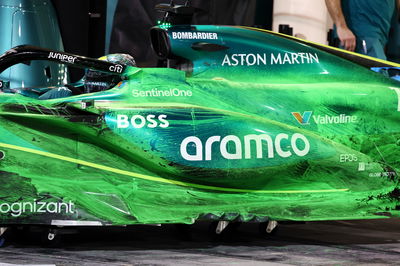
Firstly, teams do not get much time to learn their new cars before a season begins.
With the days of unlimited private testing long gone the three days in Bahrain provide each team with the most valuable track time they can possibly get.
A combined 24 hours’ worth of time on track may seem like a lot, but teams would choose to have much more if they could.
Pre-season testing is the sole opportunity teams get to get to grips with their challengers and get a feel for why they are before the action gets underway for real in Melbourne, and when the points are up for grabs.
There is always huge intrigue and anticipation at pre-season testing following months of chatter, rumour and speculation surrounding each team and their respective fortunes over the winter.
Modern F1 cars are pretty reliable but such rare continuous running enables teams to properly stress-test their new machines and make sure that everything is working as expected. If any problems arise, this is the best time to have them - and react.
It is also the first time we will get to see how every F1 team’s 2025 car actually looks. During respective launches and shakedown events, teams will often try to hide certain elements of their car, or simply not have all the parts ready.
In pre-season testing, everything is out in the open for all to see. This is even more the case now that every hour of pre-season testing is broadcast live on TV.
What can we actually learn?
Expect to see plenty of teams running fluorescent flow-vis paint and aerodynamic rakes, which help gather information about air flow over the body of the car.
These are fundamental tests often unique to pre-season testing which help teams form a better understanding of their cars in a real-world setting and ensure that matches up with the data from the wind tunnel and the CFD.
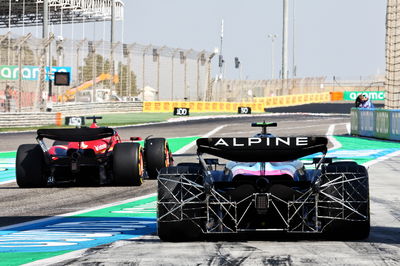
Most of the focus and interest for the viewers centres around lap times and how competitive each team will be, but as former Aston Martin strategist and engineer Bernie Collins explains, that is often a difficult picture to gauge - even for the teams.
“In day one and in the shakedowns, you run a lot faster sensors on the car - not just externally but internally. There will be extra temperature sensors, extra vibration sensors and all these things to check the car,” Collins told Sky Sports.
"The car could be 10kg overweight in testing and it's only on the last day where the teams get rid of all that weight. 10kg is maybe three tenths of a second. In testing, it's very hard to compare morning and afternoon or across days because of different track conditions or wind conditions.
“The best way to figure out where your car sits amongst others is when people did a long run. People would do 66 laps around Barcelona, so you would know they started with 100kg and roughly ended at zero, then you can compare those laps against your own.
"Comparing low fuel laps is very difficult because you don't know what fuel everyone is running at and you don't know the engine modes. You can get engine a little bit because of GPS, but not all the time.
"Now, because we only have three days, teams won't waste the time doing a full race distance because you've got all the things which you have to test, which is more valuable. In recent times, it's more difficult to get a good read of things from the car.
"Sometimes a car can feel very steady and easy to drive but that's just because it's slow. Sometimes they might come in and say 'that run felt good' but the lap time is not there. If the car is easy to drive or reasonably stable, you can add performance whereas if the car has a fundamental handling issue, it's sometimes hard to get right.”
Pre-season testing will, however, give an indication of how the teams are shaping up and feeling internally ahead of the new campaign. Look out for body language and tell-tale signs of quiet confidence, or in contrast, worry, from the teams.
Who is driving when?
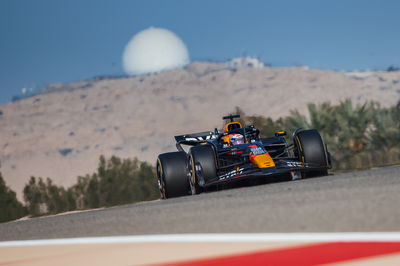
McLaren
Wednesday: Oscar Piastri (AM), Lando Norris (PM)
Thursday: Oscar Piastri (AM), Lando Norris (PM)
Friday: Lando Norris (AM), Oscar Piastri (PM)
Ferrari
Wednesday: Lewis Hamilton (AM), Charles Leclerc (PM)
Thursday: TBC
Friday: TBC
Red Bull
Wednesday: Liam Lawson (AM), Max Verstappen (PM)
Thursday: Liam Lawson
Friday: Max Verstappen
Mercedes
Wednesday: Kimi Antonelli (AM), George Russell (PM)
Thursday: George Russell (AM), Kimi Antonelli (PM)
Friday: Kimi Antonelli (AM), George Russell (PM)
Aston Martin
Wednesday: Fernando Alonso (AM), Lance Stroll (PM)
Thursday: Fernando Alonso (AM), Lance Stroll (PM)
Friday: Lance Stroll (AM), Fernando Alonso (PM)
Alpine
Wednesday: Jack Doohan (AM), Pierre Gasly (PM)
Thursday: Pierre Gasly (AM), Jack Doohan (PM)
Friday: Jack Doohan (AM), Pierre Gasly (PM)
Haas
Wednesday: Oliver Bearman (AM), Esteban Ocon (PM)
Thursday: Esteban Ocon (AM), Oliver Bearman (PM)
Friday: Oliver Bearman (AM), Esteban Ocon (PM)
Racing Bulls
Wednesday: Yuki Tsunoda, Isack Hadjar
Thursday: Yuki Tsunoda, Isack Hadjar
Friday: Isack Hadjar, Yuki Tsunoda
Williams
Wednesday: Alex Albon (AM), Carlos Sainz (PM)
Thursday: Carlos Sainz
Friday: Alex Albon
Sauber
Wednesday: Hulkenberg (AM), Bortoleto (PM)
Thursday: Hulkenberg (AM), Bortoleto (PM)
Friday: Bortoleto (AM), Hulkenberg (PM)
